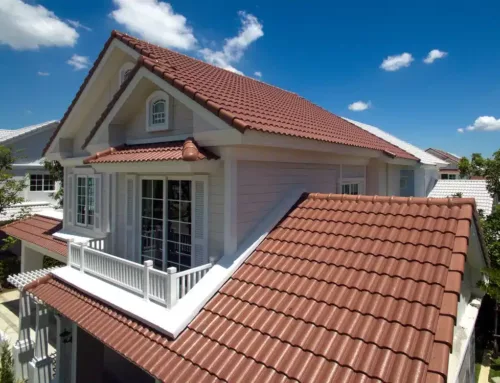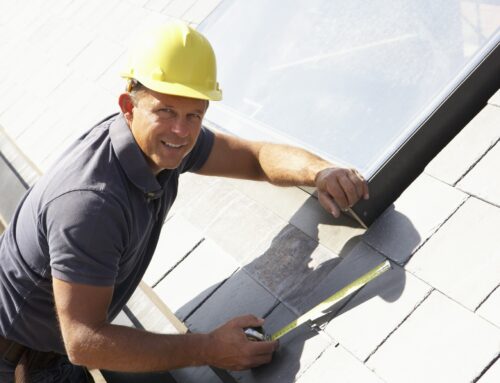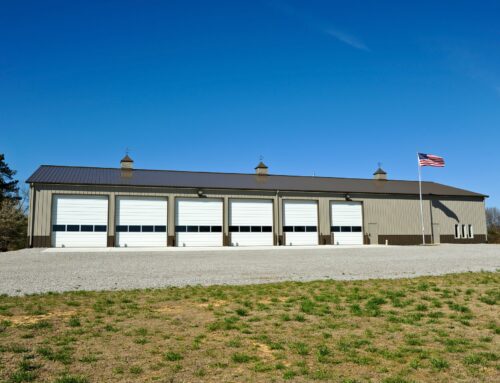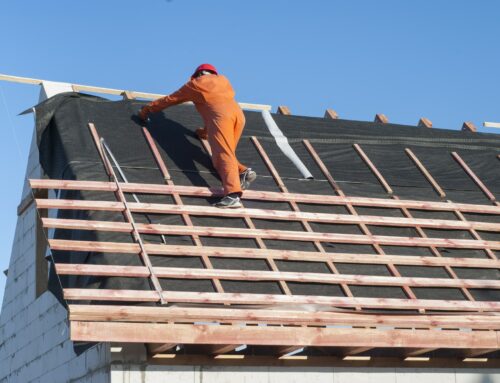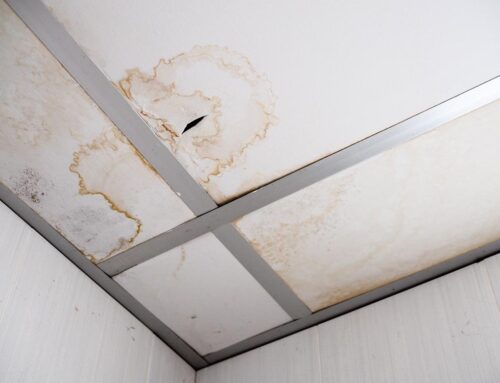In order for your roof to protect your home from water penetration, it must have a good drainage system. Flashing is a critical component of that drainage system. Flashing is used to seal and protect joints in the roof, making them waterproof while still allowing them to contract and expand with humidity and temperature fluctuations.
Most roof leaks can be attributed to flashing failures. In fact, up to 95 percent of leaks occur at flashing points, most commonly around skylights, chimneys, vents, parapets, valleys, ridges, eves, and other objects that protrude from the roof. These leaks can cause damage to the roof decking, insulation and roofing system and can lead to mold or water damage.
Several factors can cause flashing to fail, including poor workmanship and installation, thermal stress, or metal deterioration. Flashing can also become loose or detached due to wind or other extreme weather. Flashing failure can be difficult to detect. Your roof may look fine even while it is leaking. A roofing professional, like Pyramid Roofing, can inspect your roof and identify flashing issues.
It is imperative that flashing problems be corrected immediately to avoid serious leaks from developing. If the flashing has become detached, it can be reattached using caulk or waterproof cement. Flashing that has become bent, split or corroded may be able to be patched or replaced. Replacing large sections of damaged flashing is a significant job that involves taking up large portions of the roof surface.
Because proper flashing is so crucial in protecting your home from water damage, flashing repairs or installation should always be performed by an expert, like Pyramid Roofing.


